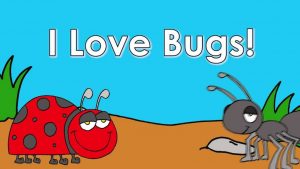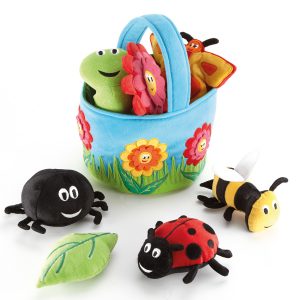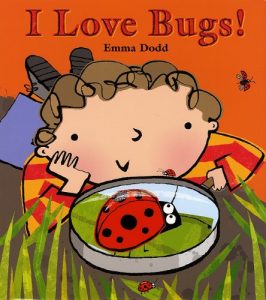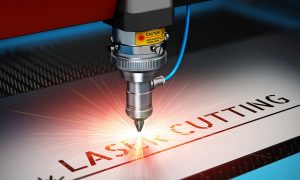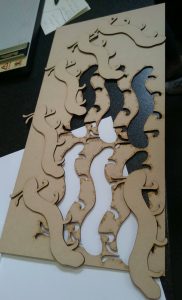Individual blog Reshielle Buenafe
Our project: to design mini beasts which will be laser cut onto a thin wood then decorated.
Throughout the project, we have all contributed massively to the preparation of the lessons and gathering of resources.
In our first lesson, my role was to find mini beasts soft toys for the children to describe and touch the features of the creature during the ice breaker activity which Tilly was in charge of orchestrating. However, in our first class we found that it was time consuming to get children to introduce themselves whilst describing the toy therefore we decided for the next class, we got the children to just introduce themselves whilst sat in a circle. This was to ensure that we are familiar with the children’s names and that we get the chance to introduce ourselves to the class. Further, we could have got the children to say what their favourite mini beast or animal was in order for them to start thinking of a range of different mini beast creatures. Their learning objective for this lesson was to draw a mini beast creature.
Further on the lesson, Eliza read a book to the class called ‘I love bugs’ in order for the children to see a variety of bugs and minibeasts. I explained to the children that they will be drawing their very own creature so that we can take them back to our university and turn their drawings into 3D using a ‘special machine’ called the laser cutter. I then modelled how to draw an example of a butterfly on the interactive whiteboard by talking through the features and reinforcing to the children that the size of their creature should be big enough to fit the page so that we could transfer it into the laser cutter. Upon reflection, I could have encouraged the children to think more imaginatively by saying that their creature can have as many legs or eyes or wings as they want and that it does not have to be a ‘conventional’ mini beast drawing. I believe that this would have probably generated more creative and imaginative thinking and in their drawings.
Tilly then explained what a laser cutter is as she has had plenty of experience in using the machine. She then proceeded to show the class a video of a laser cutter in action to demonstrate to the class how it works. We split the class into groups so that each of us had a group of children to work with. Throughout the activity, we took pictures of children’s drawings and of them drawing with us in order to document children’s learning. We have found that what worked really well in this lesson was our enthusiasm about our project enabled the children to become engaged and invested in their drawings. The children and the teachers really loved the idea of the laser cutter as the class have not done anything like this before so it was a new and an exciting experience for both the children and the teachers. Hopefully we inspired the teachers to develop confidence in using technology such as the laser cutter into their D&T lessons. One child came up to me expressed their interest of the laser cutter asking if they could ‘see it’!.
In preparation to our second lesson, we got together to put the children’s drawings into the CAD software to be transferred into the laser cutter. Tilly demonstrated us how this is done as it is one of her strengths. It was also a helpful experience for me as I have not seen a laser cut in action before thus it was a useful professional development. Prior to this, we have convinced Sue to use a thick wood instead of a thick card for the children to have their final 3D design in as we thought that it was more appealing to the children than a thick card. We then proceeded to discuss what roles we could do and what resources we need to prepare for our next lesson.
I created a powerpoint for the next lesson and a self evaluation sheet for the children to do at the end of the lesson whilst Eliza made a small habitat using recycled materials and nature bits such as twigs and leaves as an example to show to the children as they will be making a habitat for their creature to live in. We thought it would be a good idea to ask the parents of the children through the teacher if they could bring in recycled materials from home for the children to use so I wrote a letter to the parents explaining our project whilst Eliza communicated to the teachers our aim for the lesson. We have all bought materials for the children to decorate and embellish their final products such as feathers, googly eyes, pipe cleaners etc. Eliza also collected twigs and leaves from Richmond Park for the children to decorate their small habitats with.
Our learning objective for our second lesson was to design their 3D creatures. Before the children got in, we changed our mi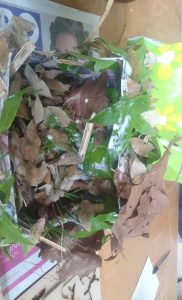 nds about the individual habitats and instead decided to make a whole class habitat as children can enjoy working collectively and collaboratively. We prepared and laid our resources out onto the table and took pictures of our resources. At the beginning of the lesson, Eliza reminded the children what they have done on our previous lesson and explained that we have been transferred their drawings into the laser cutter. Tilly proceeded to talk through the process and showed videos of their drawings being put into the software and into the laser cutter. The children were excited to see this in action and were very excited to see their final design. The children were then showed the different minibeast cut outs and explained to the children that they will be designing their product using a range of materials to decorate. After we explained to them that they will making their own class habitat using a range of nature bits and showed them an example of the habitat Eliza had previously made.
nds about the individual habitats and instead decided to make a whole class habitat as children can enjoy working collectively and collaboratively. We prepared and laid our resources out onto the table and took pictures of our resources. At the beginning of the lesson, Eliza reminded the children what they have done on our previous lesson and explained that we have been transferred their drawings into the laser cutter. Tilly proceeded to talk through the process and showed videos of their drawings being put into the software and into the laser cutter. The children were excited to see this in action and were very excited to see their final design. The children were then showed the different minibeast cut outs and explained to the children that they will be designing their product using a range of materials to decorate. After we explained to them that they will making their own class habitat using a range of nature bits and showed them an example of the habitat Eliza had previously made.
What worked really well during this lesson is that the children were engaged with decorating their final product and took pride in it as they can take it home after to show to their parents. They were given a range of materials to work on which showed progression from the last lesson as they were sketching their drawings using pen and paper. This also enabled the children to express their creativity and become autonomous in choosing from a range of materials. The progression also involved the children moving from 2D design from paper to 3D design using thin wood. The children expressed that they had fun decorating their product and in making their class habitat. I also observed that the children often referred to their knowledge of plants and flowers whilst decorating the habitat as I heard one boy saying ‘look this leaf has a stem! I am going to the stick the stem onto the box’. This showed how we have thoughtfully embedded the class topic on Plants and Flowers onto our project to facilitate children’s learning. We have encouraged children to reflect on their learning by asking them what aspect of the project they enjoyed doing, what did they like about their design, what did they find fun and what they would like to change about design.
Overall, the project had gone very well as we have collaborated well as a team, inserting our professional knowledge and expertise the best of our ability in order to deliver a innovative and fun learning experience for the children. We have communicated well with the teachers prior to the lesson and established good relationships with both the teachers and the children. This has enhanced my professional knowledge and development further as both my colleagues were D&T specialists so through dialogue, I was able to gain subject specific knowledge such as using CAD software and using the laser cutter which I will definitely consider integrating in my future setting and practice.
